Public health officials face daily challenges in monitoring and analyzing disease outbreaks. Traditional methods of collecting and analyzing data are often time-consuming, leading to delayed responses in addressing emerging health threats. However, the progress made in Artificial Intelligence (AI) has introduced tools and techniques that can aid public health professionals in detecting and responding to outbreaks more efficiently.
The integration of AI into disease surveillance has been a game changer in the field of health. These tools have been specifically designed to gather, analyze, and interpret large amounts of data from sources like social media, news reports, and electronic health records. By combining these data streams, top AI tools online offer real-time insights into disease outbreaks and epidemiology, empowering officials to take targeted actions.
Let’s explore some of the best AI tools that are revolutionizing the analysis of disease outbreaks and epidemiology:
Machine Learning Algorithms
Machine learning algorithms play a vital role in automating the analysis of datasets. These algorithms can be trained to identify patterns and anomalies within disease surveillance data, enabling public health officials to detect outbreaks at an early stage.
Through the analysis of large amounts of data and the utilization of models, machine learning algorithms have the ability to make predictions regarding the spread of diseases, comprehend their transmission dynamics, and identify populations at high risk. This valuable information assists health officials in implementing interventions and preventive measures.
Natural Language Processing (NLP)
Natural language processing is a field within AI that focuses on comprehending and processing language. By leveraging NLP techniques, professionals in health can extract insights from unstructured sources of data like social media posts, news articles, and online forums. These tools are capable of analyzing text and identifying mentions of symptoms, diseases, or geographical locations associated with outbreaks. Monitoring these conversations in time allows public health officials to gain an understanding of disease hotspots, severity levels, and public sentiment. This knowledge aids in the allocation of resources and targeted interventions.
Image Analysis
The use of image recognition and analysis tools is steadily increasing for analyzing imagery to assist in disease diagnosis. In relation to health, these tools can identify patterns and markers within images and histopathology slides or microscopic images that are linked to infectious diseases. With the assistance of AI algorithms, public health officials can accurately classify diseases effectively, resulting in improved early diagnosis capabilities that allow for timely treatment.
Moreover, these tools have the potential to aid in research by identifying clusters of diseases within a population or geographic region.
Analysis of Social Networks
Social network analysis (SNA) is a method that uses AI techniques to gain an understanding of social connections and interactions among individuals or groups. In the context of disease outbreaks, SNA can assist in identifying and defining communities at risk, tracking the spread of diseases, and mapping the flow of information during crises. By analyzing such networks, public health officials can pinpoint individuals or organizations that can be utilized to disseminate accurate information and preventive measures, ultimately controlling the spread of diseases.
Examination of Electronic Health Records (EHR)
Electronic health records contain a wealth of data about patients medical histories, treatments, and outcomes. AI tools enable the analysis of these datasets to identify patterns and risk factors associated with diseases. By scrutinizing EHRs, public health officials can detect early warning signs of disease outbreaks or clusters and develop strategies for targeted interventions and prevention efforts. This allows for the allocation of resources, improved care, and proactive planning in response to public health emergencies.
Predictive Modeling
Predictive modeling is an AI technique that utilizes data to predict events or outcomes. In the realm of health, predictive models play a role in forecasting disease outbreaks, estimating the impact of diseases, and aiding in resource allocation. These models combine sources of information such as factors, socioeconomic indicators, and healthcare accessibility to offer valuable insights to public health officials regarding disease patterns and potential areas of concern. This enables intervention strategies, preparedness planning, and efficient allocation of resources.
Conclusion
The integration of AI tools has brought advancements to the analysis of disease outbreaks and epidemiology in health. Machine learning algorithms, natural language processing techniques, image recognition systems, social network analysis methods, analysis of health records, and predictive modeling are a few examples of tools that have transformed this field. By utilizing these tools, public health officials can gain an understanding of how diseases spread across populations and identify vulnerable groups more accurately. Consequently, they can respond proactively to emerging health threats as AI continues to progress into the future.


